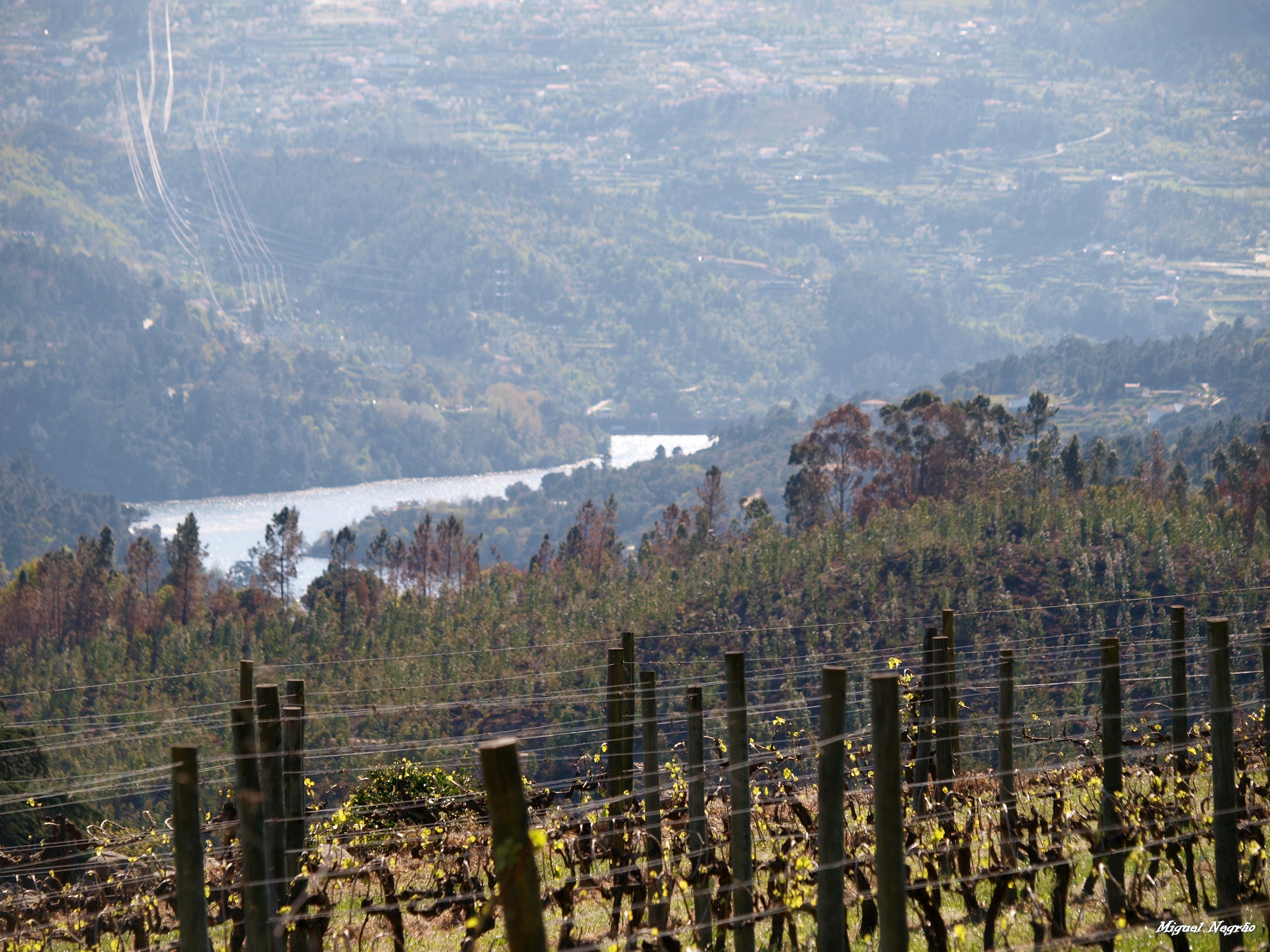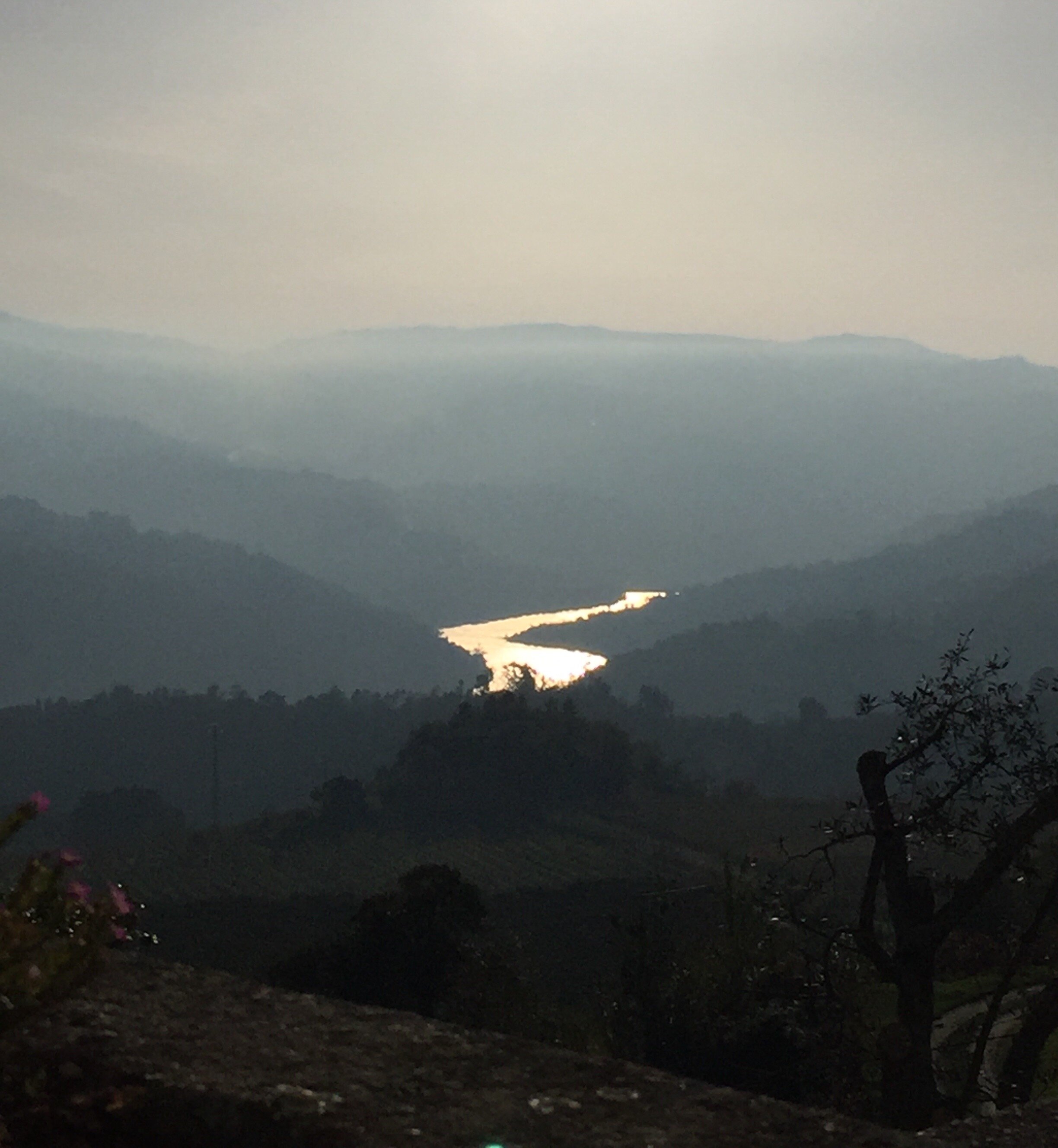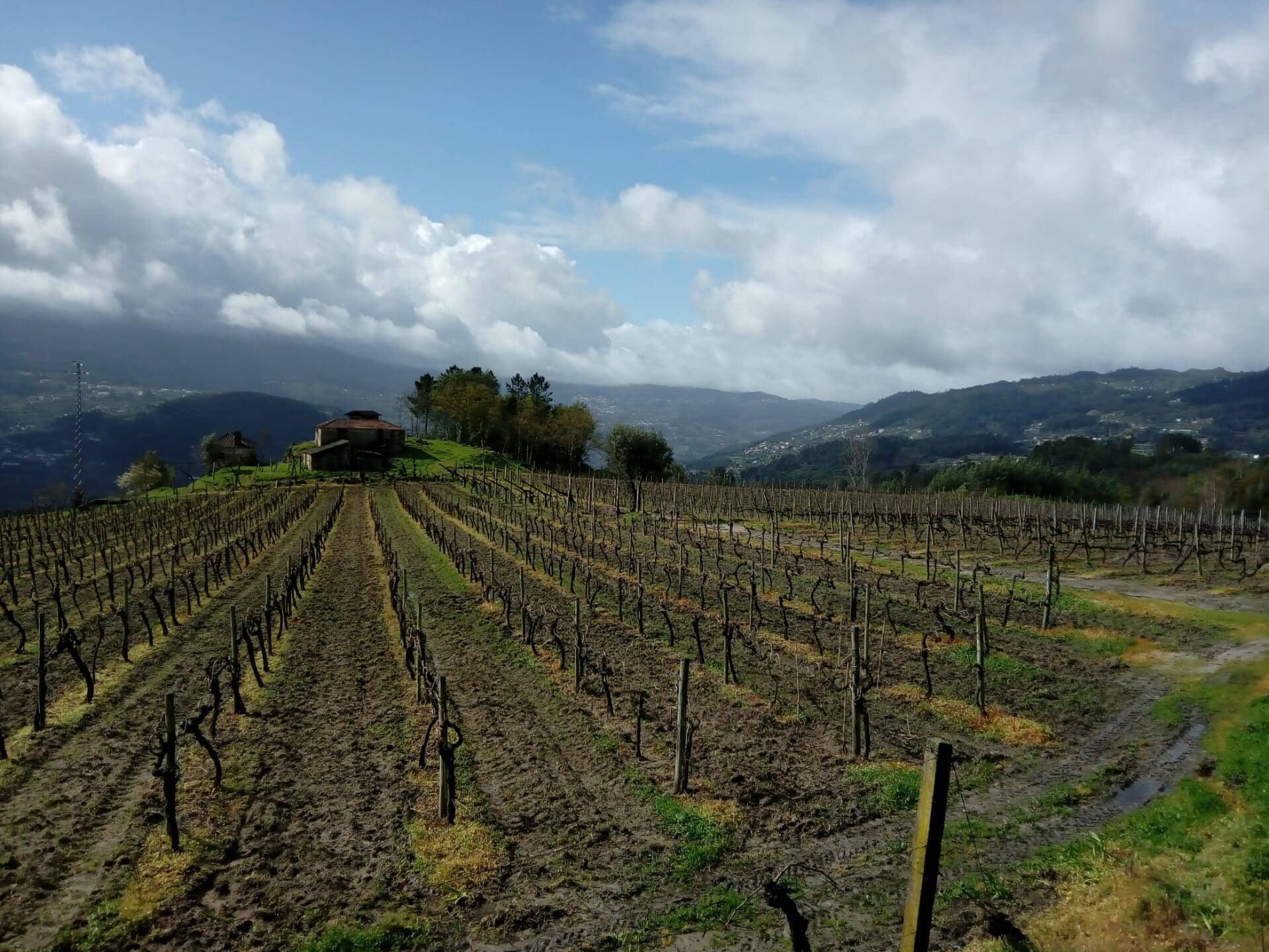




Casa da Lage
Casa da Lage
The Sottomayor Family has been in the region of Entre-Douro-e-Minho*, also called the crib of Portugal, for many centuries. The actual Casa da Lage, built in the early 1900s for the young Miguel de Sottomayor and his family, is not the first Casa da Lage in this beautiful valley. There is an original Casa da Lage from the 15th century, then as now belonging to our family. Our family has been producing wine in this valley since the 17th century and the descendants of families of long ago are still working with us in our vineyards – a partnership which has lasted for many years.
Casa da Lage passed from Dom Miguel to his daughter Leonor Maria Teresa and from her to her daughter Leonor Maria Benedita, who has replanted the vineyards and prepared them to produce the best grapes in the region. Leonor Maria also modernized the winery and created Casa da Lage’s first wines.
Benedita, her niece and successor strives to turn the wines of Casa da Lage into products that will be appreciated all over the world, thus contributing to the recognition and growth of one of Portugal’s most special wine regions.
*Entre-Douro-e-Minho, in the North of Portugal, is the small area between the two great provinces of Minho, to the North and Douro, to its West. The region is characterized by the Atlantic influence on its climate, which gives it coolness without frost in the winter, and a proximity to the Douro that causes temperatures to rise well above the Portuguese average in the summer, thus conferring strength to its grapes and structure to its wines.

Our Team
Our Team
Benedita Aires de Campos Sampaio e Mello grew up among the vineyards and the wine making process in Lage. She has taken over management of Vinha da Lage’s wine business in 2014. Her objective is to promote the wines of the Sub- region Baião and to create excellent wines at Casa da Lage. She represents Lage and Hiatus Wines in Portugal and the USA, where she resides.
Antonio Francisco Silva and his wife, Madalena Silva are the descendants of people who have worked with the Sottomayor family for many generations. Francisco is in charge of the vineyards, the staff and the winery. Madalena works alongside her husband in carefully tending each vine and being a part of each step of the winemaking process. They live in Lage year round.
Our enologist, Fernando Moura was born in Mondim de Basto, on April 1, 1952. Son of a winemaker, he soon became interested in agriculture, in particular winemaking. He has participated in several competitions and wine tastings, performing jury duties, especially in the Vinho Verde region. He currently works as an oenology consultant in several wine cellars and bottling producers. He has obtained gold, silver, bronze medals and mentions at national and international competitions.

Our Grapes
Our Grapes
“Avesso is grown in the Vinhos Verdes region. However, it is mainly planted near the Douro region, in the sub-regions of Baião, Resende and Cinfães, where it finds the ideal conditions for its development, since these soils are drier and less fertile than those of the other areas of Vinhos Verdes. Avesso’s bunches are medium-sized, with big, yellowish green berries. Wines produced with this grape variety are aromatic and very harmonious and tasty. Avesso’s qualities are much appreciated when the ripening conditions allow the production of wines containing at least 11% of alcohol.
The Alvarinho grape is one of Portugal’s finest and most characterful. It was one of the first Portuguese grape varieties to be bottled as a single variety. Its full-bodied, subtly fragrant white wines are easy to recognise, their complex but delicate aromas reminiscent of peach, lemon, passion fruit, lychee, orange zest, jasmin, orange blossom and lemon balm. The wines are delicious young, but they can also age well, often for ten years or more. Alvarinho grows mostly along the River Minho, right up in the north of the Vinho Verde region - the northern Vinho Verde sub-regions of Monção and Melgaço are its famous heartlands. Compared to other Vinho Verde, it makes richer wines, higher in alcohol. Alvarinho vines are vigorous, and care is needed to restrain their exuberant vegetation, yet grape yield is low, the bunches small, the grapes very pippy.
Although now widely disseminated throughout the Vinho Verde region, it seems that the Loureiro grape originated in the valley of the River Lima, towards the north of the VR Minho/DOC Vinho Verde region. “Loureiro” means “laurel” or “bay” and the aroma of Loureiro wines is said to resemble that of laurel flowers, also orange blossom, acacia and lime blossom, overlaying appley, peachy fruit. Loureiro wines usually have refreshing, well-balanced acidity. Loureiro is much in evidence nowadays bottled as a single variety, but traditionally it was more often blended with Arinto (Pedernã) and Alvarinho, or with Trajadura. It is a very vigorous, high-yielding variety that has only recently been recognised as “noble”. The bunches are elongated and relatively compact, bearing medium-sized, yellowish-greenish grapes.”

Gallery
Gallery
Lage is a small family owned winery. We take care of our grapes and our wine from their beginning to the time a bottle sits on your table. We have been taking care of this land for many generations and every year we add new processes and new ways to keep it healthy and alive; we make sure ours is a sustainable production, leaving room in our vineyards for the myriads of living creatures that have inhabited the land longer than we have. To name a few, rock buntings, European Peacock Butterflies, Iberian Frogs, Emerald Lizards, Napoleon Spiders, and a variety honey bees live in our vineyards and we cherish them.
Our vineyards get plenty of warmth and humidity due the proximity of the river and the micro climate it generates
A small wine cellar under the main house
The River Douro used to take its name from the yellow sediments it carried in its torrent; presently, the Douro is dammed by the Carrapatelo dam and it is not golden anymore, except sometimes at sunset.
Our 9 hectares of vineyards produce 100 tons of grapes; most years, even a little.
Our workers have been with us helping take care of the land for several generations
Francisco Silva keeps a careful eye on the wine’s fermentation












